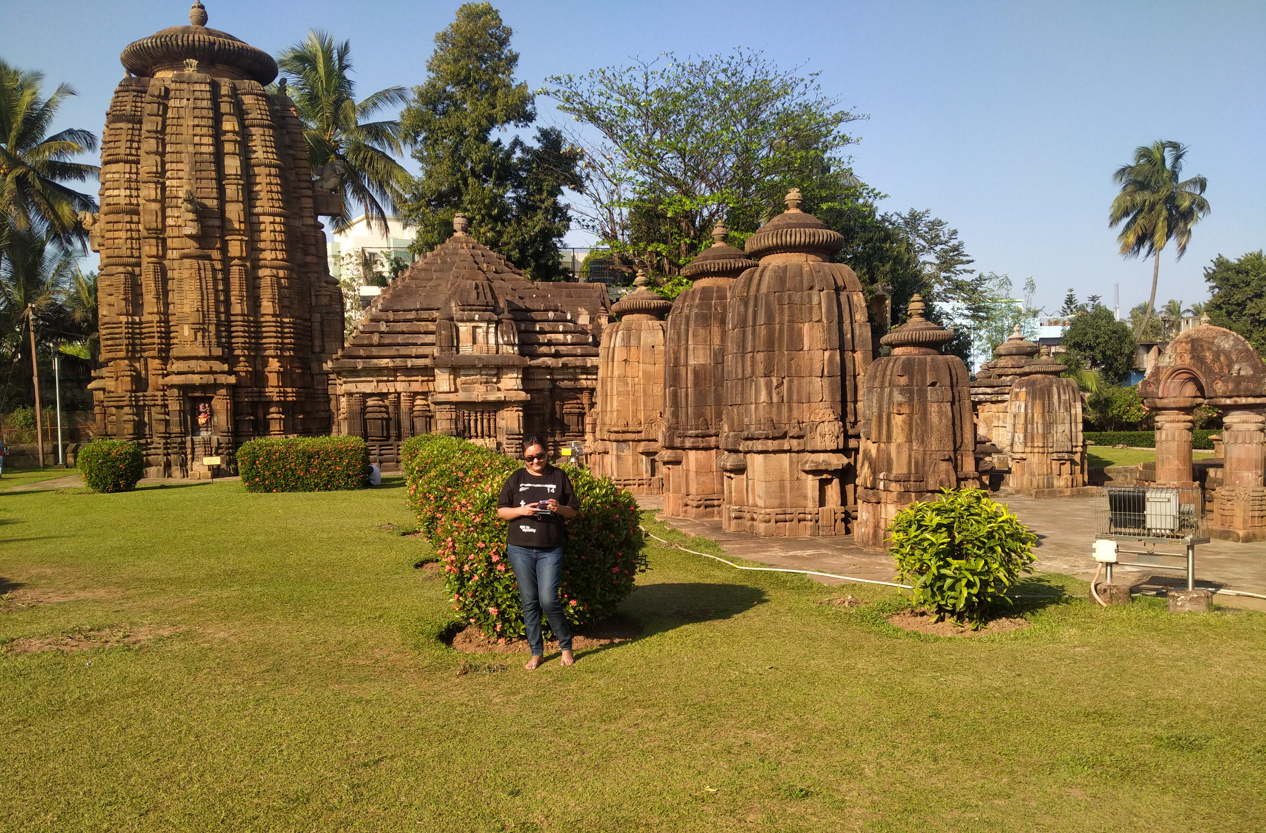They say travelling in India is best if you are taking the road. For those who love to explore the less-famous destinations, a visit to Odisha’s unexplored towns and villages is a treat in waiting. If you are visiting the capital city of Bhubaneswar, check out these unique places to explore around.
Pipili arts and crafts:

Among the famous artworks of Odisha, the Pipili appliqué art also known as the Chandua in colloquial language, is the globally renowned craft that is believed to be originated in the Pipili village of Puri District. This fabric artwork evolved in the 12th century around Puri, when decorated two-layered umbrellas, pillows and canopies were made to embellish the grand Lord Jagannath yatra during the Gajapati kingdom.
The Pipili handicraft village is located 40 km from Puri and the artisans here devote their lives to making traditional appliqué artwork for holy occasions, home décor, umbrellas, and wedding interiors. They use mythical and natural motifs such as peacocks, ducks, parrots, trees, elephants, and creepers. One can also see depictions of flowers such as jasmine and lotus, the Sun, half-moon, and Rahu-Ketu for depicting the folk tales through fine embroidering and stitching on colourful fabrics. Every artist uses various kinds of cottons, velvets, and silks to create an interesting mélange of colours by using various pieces of cloth and stitching them together with a straight stitch, satin stitch, blind stitch, or buttonhole stitch. The most popular items from Pipili are the mirror work and decorative lanterns that are used during poojas and festive occasions in local homes.
Nandankanan Nature and wildlife:
The State of Odisha is home to many interesting floral and fauna that are found across the region. To pay an ode to the burgeoning wildlife, a 437-hectare (1,080-acre) zoo and botanical garden called Nandankanan Zoological Park was inaugurated in Bhubaneswar for the public in the year 1979. In the year 2009, it became the first zoo in India to join the World Association of Zoos and Aquariums (WAZA), and a railway express from Puri-New Delhi was named as “Nandankanan Express” as a tribute to the zoo. Famous for its massive botanical garden, the zoo enjoys the status of a sanctuary and spreads across the Chandaka forest including parts of Kanjia Lake.
According to the official records, it is the only zoo in the world that was successful in breeding the White tiger and Melanistic tiger. It is also the only conservation breeding centre of Indian Pangolins in the world. It is the first zoo in India where an endangered Ratel was born in captivity. Along with the plethora of animals, the zoo also boasts to be the second-largest breeding ground for Open Billied Storks in Odisha. It is located 15 km from Bhubaneswar in the outskirt of the capital city and tourist cottages inside Nandankanan are available for accommodation, only during day time, on prior reservation from the office of Deputy Director, Nandankanan Zoological Park.
Dhauli Buddhist site:
Just 8km from the capital city of Bhubaneswar is an ancient center for Buddhism, popularly known as the Dhauligiri Hills. Established on the banks of river Daya, the famous Shanti Stupa (peace pagoda) is known for its serene and scenic views of the valley. It is believed that after the infamous Kalinga War, King Ashoka had a change of heart at this place and he adopted the path of peace by following Buddhism. He laid the foundation of Dhauligiri Shanti Stupa, where the war ended, and constructed edicts that display his intention to promote joy, peace, and contentment across the world. The edicts carved at this site are engraved in Brahmi script and Prakrit language, highlighting the principles of Buddhism to the world. Another famous spot here is the Dhavaleswar Temple, an ancient shrine that attracts many devotees every year. The Ganesha Temple and the Bahirangeswar Temple in the vicinity are also excellent examples of ancient architecture. There’s also a noteworthy rock-cut elephant next to the stupa, which the earliest recorded Buddhist sculpture constructed believed to be constructed in the 3rd Century BC. It is said to be the oldest rock-cut sculpture in India and signifies Buddha’s birth. Many devotees and tourists come to the stupa to pray and look for historical trails around this significant Buddhist dome.
Khandagiri and Udayagiri Buddhist site:
The city of Bhubaneswar is home to some ancient Buddhist and Jain historical monuments, which are currently in ruins but were quite prominent once upon a time. The Udayagiri and Khandagiri rock caves, also called the called Kattaka Caves or Cuttack caves among locals, are an interesting addition to the heritage of the capital city. These archaeological, historical, and religious sites are visible from a distance as they are a complex of rock-cut caves built naturally amidst hilly forests in the outskirt of the city. These caves are listed as “must see” in the list of Indian heritage sites by the ASI, and are a complex of relic monastery and residential blocks spread across two adjacent hills — Udayagiri and Khandagiri, formerly known as Kumari Parvata in the Hathigumpha inscription. These caves are believed to be constructed during the reign of Kharavela king of Kalinga, who built these ornate caves for Jain monks. The sunrise hill Udayagiri has 18 natural caves, and Khandagiri has 15 natural caves that were excavated by the king for Jaina ascetics, and one of the most prominent here is the Ranigumpha, which is a double storey monastery. Other important caves in the complex are the Hathi Gumpha, Ananta Gumpha, Ganesha Gumpha, Jaya Vijaya Gumpha, Mancapuri Gumpha, Bagha/ Byaghra/ Vyaghra Gumpha, and Sarpa Gumpha.



